The challenges of data governance
18 septembre 2018
Dawizz redaction
The growing amount of data has become difficult to address. Companies and public organizations must now introduce real data governance. You should keep the following goal in mind “better control over your data optimizes resources and improves computer security”.
Faced with the extent of the problem it is often difficult to know where to begin. Progress step-by-step to gain a clearer vision:
What is data governance?
Data governance aims to identify, understand and control data so that it can be used better. By identifying who is involved in collecting data and the methods used, you can improve its reliability considerably. Another point that should not be overlooked is understanding the purpose of this data, in other words what it will be used for.
The five key characteristics of data
Data is a commodity that everyone is talking about, but what exactly are the criteria it must meet?
Data availability: the data is stored in the information system and is always accessible to users, according to their user rights. The data must be available
Data usability: computer tools must be easy to learn to operate and use. They must be efficient.
Data integrity: the accuracy and consistency of the data must be maintained and it must not be destroyed or modified during processing, transfer or storage.
Data security: the organization must ensure the data is secure by implementing a security policy. So, you need to check who accesses the data, track changes, and protect it from external attacks, etc.
Data privacy: data privacy is the protection of stored communications or data against interception or being read by unauthorized people.
And what about people in all that?
Like any project affecting work organization, transparency and communication between each management team are vital to success and will greatly facilitate the implementation of effective data governance. Fortunately, the human side is still essential.
Speaking of the human side, let us take a closer look at who are the key people in such an approach. We hear about the Chief Data Officer (CDO) and data scientists more and more. But what exactly are their jobs?
CDOs are in charge of data governance. They are responsible for managing the organization's data: quality, security, coherence, data protection and dialogue between each management team.
As for data scientists, they are the organization’s data experts. They are in charge of collecting and processing data with the purpose of making it usable (format, size, etc.). They then analyze the data to detect tangible trends in keeping with the company business and strategy.
Data governance is anchored to the values of the company, including its culture and history.
Boost your data governance with “Data Mapping”
You are now aware that data governance requires an excellent understanding of your data assets. We recommend that you map your data and keep it up-to-date to get a handle on what it involves! If you produce a data map it will help you implement an accurate and efficient plan of action.
GDPR focus
GDPR, which came into effect on 25 May 2018, resulted in increased focus on data governance. This European regulation strengthens existing user rights and places new obligations on organizations in relation to the protection of personal data. In keeping with GDPR, personal data must be listed and identified in a register of processing operations, which may be consulted by the French data protection office, the CNIL. This refers to personal data mapping.
Feel like taking things further? Why not check out some of our examples of use?



